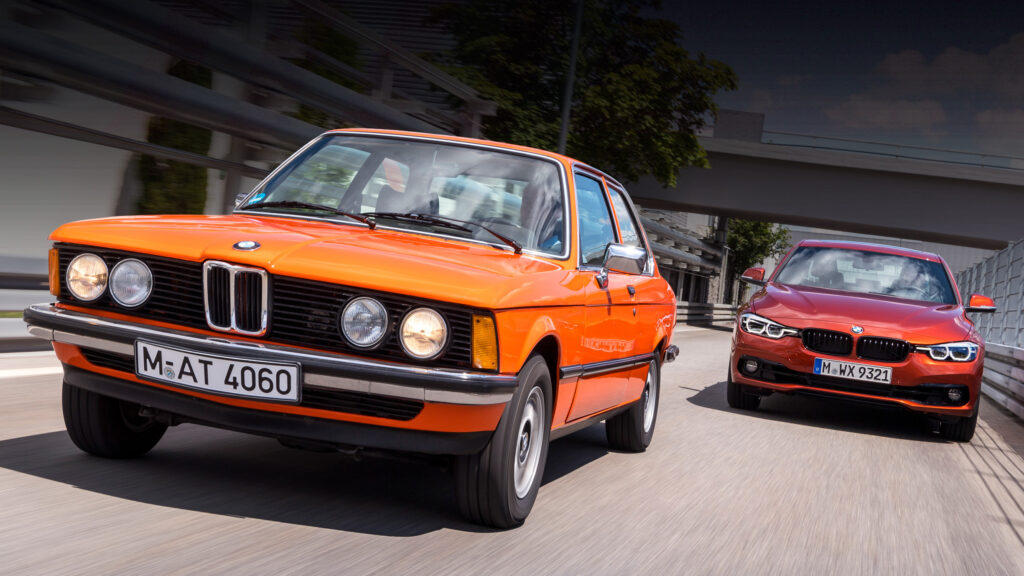50 Years of the BMW 3-Series: How the Legend Has Changed
It’s hard to imagine the world without the BMW 3-Series, and there’s a reason for that. This model has been with us for 50 years, has gone through numerous changes and seven generations. But which one was the best?
Comparing the original E21 with the modern G20 is pointless, but one can appreciate how each generation stood out among competitors, advancing design and engineering. Or maybe just choose that model which looks so good that you wish BMW would put it back into production.
Evolution of Generations
E21 (1975–1982)
The first 3-Series was more progressive than the preceding 02 Series, but very different from modern cars. Initially available only as a two-door sedan, a six-cylinder engine appeared in Europe only in 1977. America didn’t get the “six” at all, and the M3 appeared only a decade later.
E30 (1982–1994)
BMW chose a conservative design for the E30, which proved to be a successful decision. Despite the tight rear seats and heavy steering, the model became a hit thanks to new variants: a four-door sedan, a diesel, an all-wheel-drive version, a wagon, the first M3, and a true convertible.
E36 (1990–1998)
This generation was the first to consider aerodynamic trends and received a new multi-link rear suspension, which improved handling. The compact 3-Series Compact hatchback appeared, and the M3 transformed into a powerful six-cylinder GT, available even in a four-door version.
E46 (1998–2005)
The E46 improved on everything that was good about the E36 in an even more attractive design. The engines received the Valvetronic system, all-wheel drive returned, and the Compact finally got a multi-link suspension. And the M3 became even better thanks to the CSL version.
E90 (2005–2012)
The design of the E90 was initially controversial, but this generation introduced important changes: the first use of iDrive, new turbocharged six-cylinder engines. The M3 received a 4.0-liter V8—the largest engine in the series’ history.
F30 (2011–2019)
In this generation, coupes and convertibles were separated into the distinct 4-Series. The controversial Gran Turismo appeared, along with a long-wheelbase version for China and a hybrid. Turbo engines allowed for the replacement of six-cylinder engines with more powerful “fours”.
G20 (2019–2026)
The latest generation improved everything: the design became sharper, the body stiffer, the interior more spacious. The M3 received all-wheel drive for the first time, and the M340i cast doubt on the necessity of a full-fledged M3. The digital instrument cluster with iDrive became standard.
Neue Klasse (2026–)
The next generation will be the most radical change in 50 years. The 3-Series will transition to the Neue Klasse platform, which supports both internal combustion engines and electric powertrains. The design will combine modernity with callbacks to BMW’s past. The M3 will also get an electric version.
Over half a century, the BMW 3-Series has come a long way from a simple two-door model to a technological flagship. Each generation added something new, but the biggest changes are yet to come—electrification and a complete overhaul of the concept. If the 3-Series was once a symbol of driving pleasure, it is now becoming a symbol of innovation.

